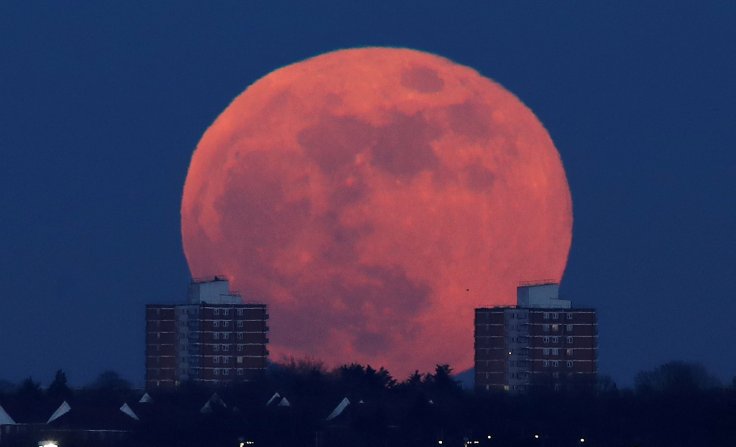
Skywatchers had a splendid experience during the super blue blood moon on Wednesday, January 31. But there are more opportunities waiting for those who failed to watch the historic event.
The next total lunar eclipse, when the moon will appear red as it passes through the Earth's dark inner shadow or umbra, will occur on July 27 this year. Even though North America won't experience the phenomenon, most regions of South America, Europe, Africa, Asia and Australia will be able to view it.
North America and South America can expect a "blood moon" and supermoon on January 21, 2019. The moon will be at its perigee, the closest point to Earth in its orbit. People in Europe, Africa, and Asia can also experience portions of the eclipse.
The last eclipse was better viewed by the people in West Coast while people in the farther east had the moon below their horizon during the eclipse. However, the eclipse in 2019 can be viewed in its entirety in both parts.
The major difference the 2019 eclipse will have with the previous eclipse is that it will not be a blue moon. A supermoon event is referred as a blue moon if it's the second supermoon of the month or if it's the third full moon in a season with a season which has four full moons. Another blue moon can happen on March 31 this year.
Star gazers may need to wait for another two years after January 21, 2019, to see the next total lunar eclipse. Meanwhile, one partial lunar eclipse could be viewed on July 16. Four minor penumbral eclipses will be visible in the year 2020. A total lunar eclipse will occur only on May 26, 2021.
The next Blue Blood Moon event will happen only after a decade on December 31, 2028. It could be a global treat all over Asia, much of Europe, Africa, Australia and North America.
Meanwhile, the first solar eclipse of 2018 would occur after 2 weeks as the moon will block the sun partially. The partial solar eclipse on February 15 will be visible over Antarctica and South America while south of Australia expects a partial eclipse on July 13. The third partial solar eclipse of the year can be viewed from northern Europe, north Asia and parts of eastern Asia on August 11, 2018.









